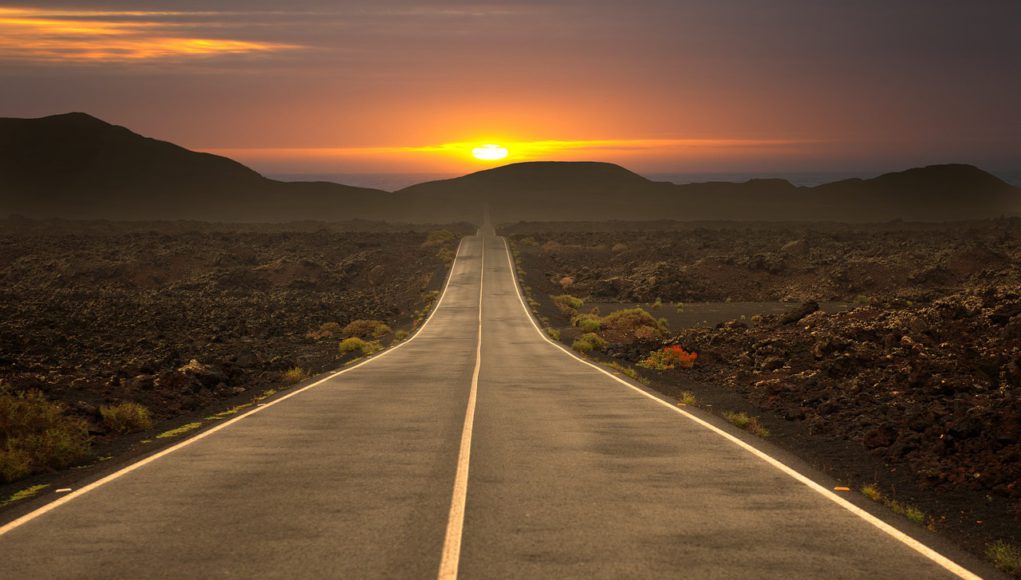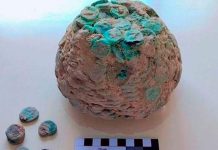There is a small area of land in the Middle East called Bir Tawil that lies between the borders of Egypt and Sudan. The most interesting thing is that the land is one of the last unclaimed areas on Earth. It is easy to see and understand why neither country wants it. The 2,060-square-kilometer strip of land is among the most desolate areas of North Africa.
It looks like Mars, as there are no roads, permanent residents, or natural resources in the region, which is mostly made up of sand and rock. Neither country’s economy would benefit from this region. There’s more to it than that, though. Even though it has a quadrilateral shape, Bir Tawil Triangle is often referred to in conjunction with the neighboring Halaib Triangle. A much larger triangle of land lies nearby Bir Tawil—Hala’ib—which also has sand and rock, but it borders the Red Sea and is, therefore, more valuable.
Because the border between Egypt and Sudan was created in such a way that neither country can have both Bir Tawil and Hala’ib, though Egypt wants it, and Sudan wants it, although neither country can have both.In such a scenario, anyone who claims Bir Tawil would have to relinquish their claim to the larger and more lucrative Hala’ib Triangle. Upon signing an agreement with Egypt in 1899, the United Kingdom, which held authority over the area, created the Anglo-Egyptian Sudan, a condominium.

Due to Egypt’s status as a British protectorate, Britain held full control over Sudan. However, the 22nd parallel was agreed upon as the border between Egypt and Sudan. Nevertheless, the British decided three years later that the boundary did not really reflect what the indigenous tribes were doing with the land. They redraw the boundary. Gabal Hagar El Zarqa stands 662 meters high in the east. Located in the south is Wadi Tawil, also known as Khawr Abū Bard.
Since the nomadic Ababda tribe had stronger ties to Egypt than Sudan, the British decided to administer an isolated mountain just south of the 22nd parallel. Therefore, the Bir Tawil was born from this event. In the meantime, a much larger triangle of land, known as Hala’ib, located north of the 22nd parallel, right next to the Red Sea, was given to Sudanese control since this was the homeland of the Beja people.
It wasn’t until 1956 that Sudan gained independence that problems arose. Upon establishing Sudan’s national borders based on the second proclamation, the Hala’ib triangle was included in its borders. The Egyptian side, on the other hand, maintained that the treaty that set the border at the 22nd parallel was meant to establish sovereignty, not an administrative jurisdiction. Hala’ib triangle was therefore Egyptian.

While border conflicts are extremely common, this particular conflict is unique because it has impacted the smaller patch of land south of the 22nd parallel known as Bir Tawil, rather than the Hala’ib triangle itself. It would be an affront to their rights to the Hala’ib triangle to assert any sovereignty over Bir Tawil. According to Egyptian maps, Bir Tawil belongs to Sudan. According to Sudanese maps, it is part of Egypt.
As a no man’s land, Bir Tawil is widely believed to belong to no one. It was reported by Alastair Bonnett in 2014 that Bir Tawil (Tall Water Well) was the only place on Earth that was habitable but had no recognized government. Bir Tiwali has a hot desert climate. Summer temperatures in this region often exceed 40 °C, while its hottest three months (June–August) can reach 45 °C. Bir Tawil, however, experiences milder temperatures during its brief winters (December and January are its mildest months).
Diurnal temperatures vary widely throughout the region, about 20°C year-round, as the territory is at least 200 km away from the Red Sea. The US citizen Jeremiah Heaton completed the 14-hour journey from Egypt to Bir Tawil in 2014 and unfurled and planted a flag that had been specially designed for the occasion, claiming Bir Tawil as a “sovereign monarchy” known as the Kingdom of North Sudan. Read More – Khara-Khoto Ruins – The Black City In The Middle of the Gobi Desert







